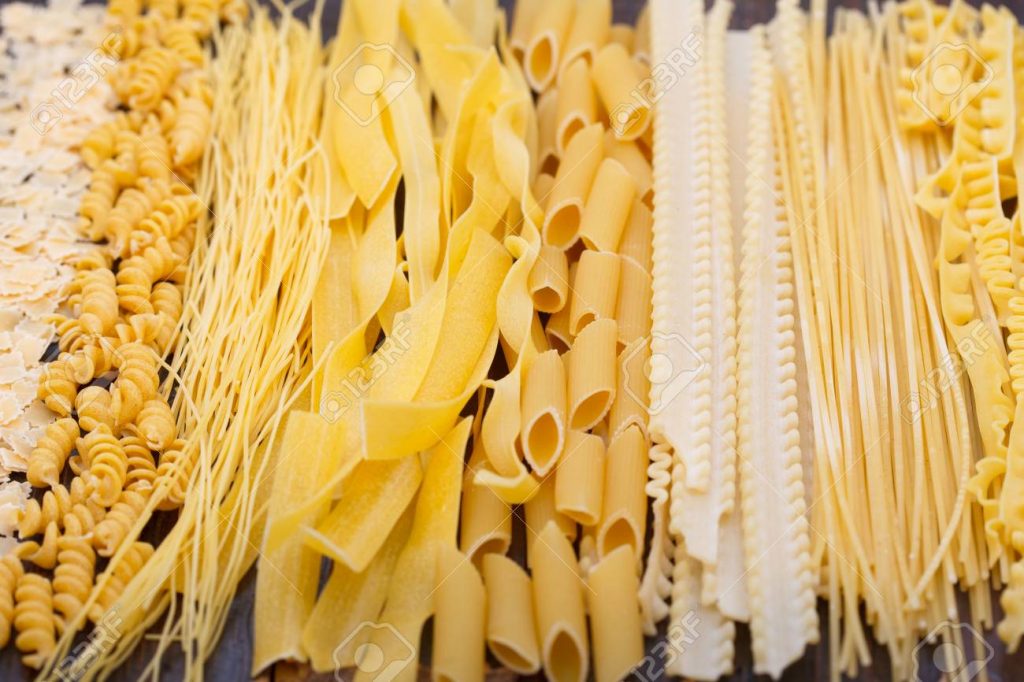RIO DE JANEIRO, BRAZIL – Pasta, whose day is celebrated worldwide today, October 25th, is present in 99.3 percent of Brazilian homes, pointed out a survey by the Brazilian Association of Cookie, Pasta, Pastry, and Baked Goods Industries (ABIMAPI).

Brazil is the third-largest pasta producer in the world, according to a study by the International Pasta Organization (IPO). Brazil loses only to Italy and the United States.
As for consumption, however, the average Brazilian consumes about 6 kg of pasta per person, per year, well below Italy, where consumption is the highest in the world and reached 25.3 kg per person in 2013, according to the IPO.
According to a theory, noodles originated in China 4,000 years ago and spread throughout Italy through the Italian explorer Marco Polo, although there are other versions saying that it already existed in the West before that.
In Italy, it is so popular that there are more than 500 types of pasta, said Claudio Zanão, executive president of ABIMAPI. In Brazil, he said, it came through the Royal Family in the early 1800s and spread throughout the country through Italian immigrants a century later.
Dried pasta (traditional, homemade, semolina, whole grain, hard grain, and with eggs) is preferred by Brazilians, accounting for 81.3 percent of consumption, which corresponded to about 744,900 tons last year, according to ABIMAPI.
Next, come instant noodles [lámen], with 14.7 percent (134,600 tons) and fresh noodles [that need refrigeration], with four percent (or 36,600 tons).
Dried pasta is most consumed by people in classes D and E, while fresh pasta is mostly consumed by people in classes A and B. The instant products, in turn, are consumed by people of classes D and E, especially young people.
Brazilians prefer spaghetti, particularly bolognese sauce [prepared with tomato and minced meat]. Dried lasagna is yet another pasta that stands out. Another Brazilian preference is to eat it at home.
The durum wheat semolina pasta, much consumed in Europe, on the other hand, is not part of this Brazilian preference – only 0.3 percent of the consumed dried pasta is durum wheat.
The study was conducted last year in over 11,300 Brazilian homes. In the national consumption ranking, the North and Northeast regions together showed the highest purchasing index, accounting for 39 percent of sales volume.
World Noodle Day exists in several countries and was established in 1995 during the 1st World Pasta Congress, in Rome, Italy. In Brazil, it was established in 2014.
Source: Agência Brasil

